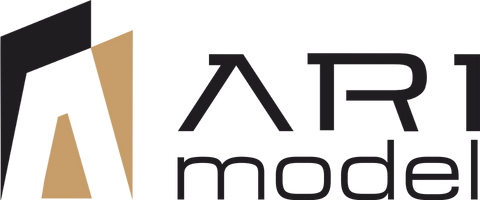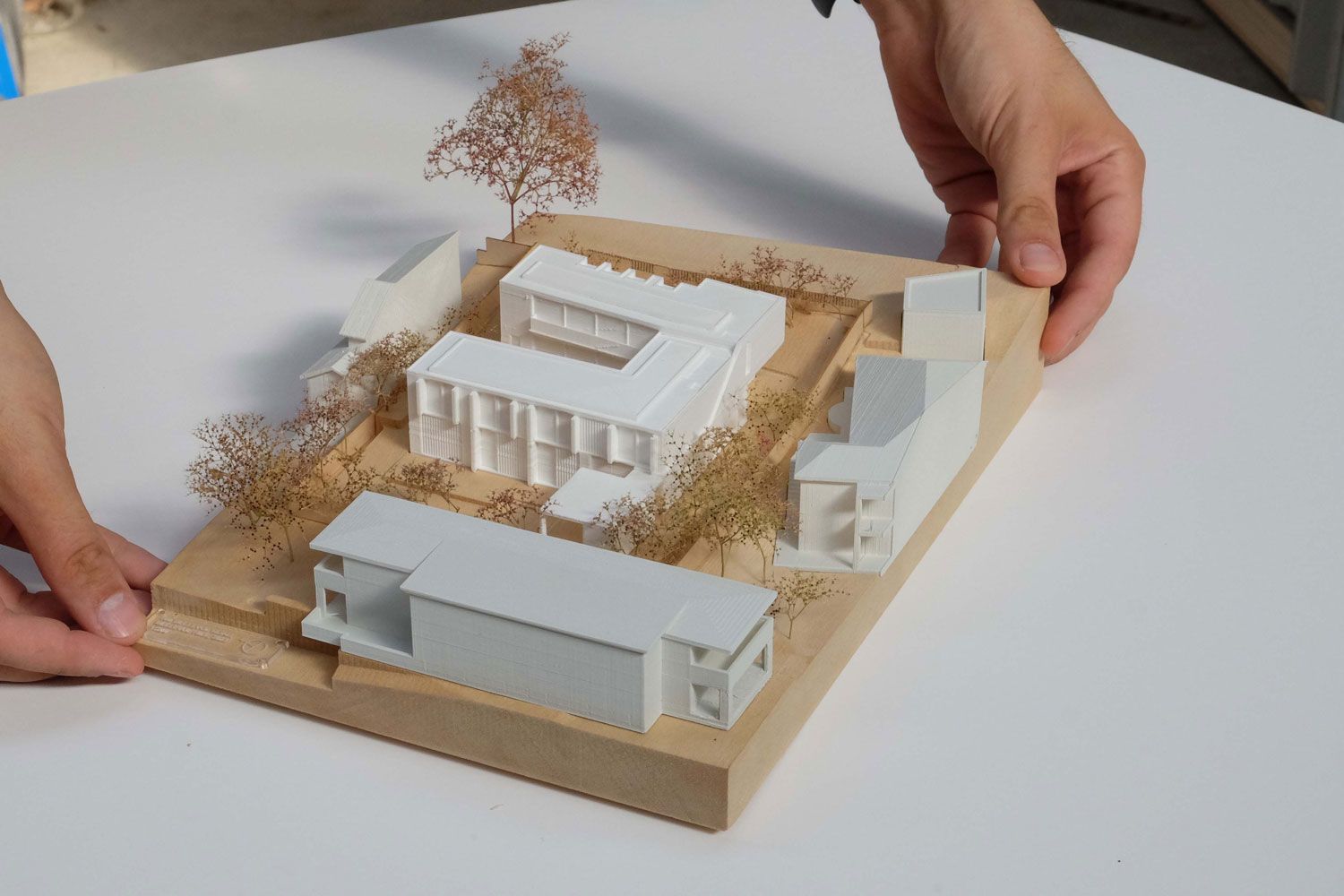A prototype model is the implementation of a product in model form during its development. "Prototype model Paris" serves as a communication tool between the customer and the designer. It provides the opportunity to test the product in advance through the customer's experience. Based on customer feedback, the designer can revise the product and identify errors. "Prototype model Paris" is used in various fields such as furniture, automobiles, and electronic devices.
Economical and Ergonomic
"Prototype model Paris" saves time and respects your budget. It simulates the product before going into mass production. Prototypes allow monitoring the pros and cons of the product and potentially addressing issues early on without wasting time. A prototype model enables an ergonomic analysis between the user and the product.
Prototype models clearly illustrate the evolutionary process of the product when placed side by side. They help the manufacturer map out their product and develop an overall product that can be introduced to the market.
Manufacturing a Prototype Model
A prototype model is typically made from digital data such as a 3D schema or plan, or traditionally from sketches on paper. The model can be scaled down or retain the original volume of the product. The degree of interaction of the model is determined by the customer and the model's ability to replicate real product mechanisms.
"Prototype model Paris" solves problems related to time and budget constraints. It allows for rapid and accurate production using 3D printers. Through prototype building, products can be improvised without spending a lot of money.





